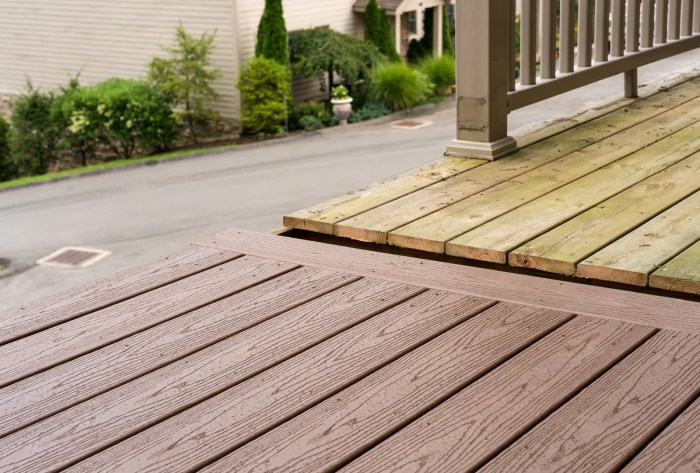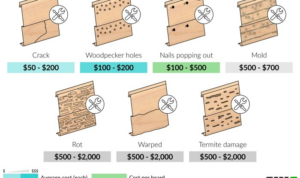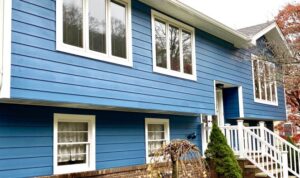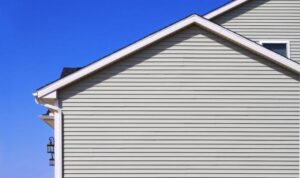Exploring the world of decking materials, this article delves into the differences between composite and wood decking, shedding light on their unique characteristics and features. From durability to maintenance requirements, we uncover the key aspects that set these materials apart.
As we navigate through the realms of cost considerations, aesthetics and design, and the installation process, a clearer picture emerges, guiding readers towards an informed decision when it comes to choosing the perfect decking material for their outdoor spaces.
Composite vs Wood Decking
Composite and wood decking are two popular materials used for outdoor decking projects. While both options have their own set of advantages and disadvantages, it's important to understand the key differences between them before making a decision.
Durability
Composite decking is known for its superior durability compared to wood decking. Composite boards are made from a combination of wood fibers and recycled plastic, which makes them resistant to rot, mold, and insect damage. Additionally, composite decking is less likely to warp or splinter over time, making it a long-lasting option for outdoor spaces.
Maintenance Requirements
When it comes to maintenance, composite decking requires less upkeep than wood decking. While wood decks need to be regularly stained, sealed, and treated to prevent weathering and decay, composite decking only requires occasional cleaning with soap and water to maintain its appearance.
This makes composite decking a low-maintenance choice for homeowners looking to save time and money on deck maintenance.
Environmental Impact
In terms of environmental impact, both composite and wood decking have pros and cons. While wood decking is a natural and renewable resource, its harvesting can contribute to deforestation and habitat destruction. On the other hand, composite decking is typically made from recycled materials, reducing the demand for virgin wood and plastic.
However, the manufacturing process of composite decking can still have some environmental drawbacks, such as emissions and energy consumption.
Cost Considerations

When it comes to choosing between composite and wood decking, cost is a significant factor to consider. While the initial cost may vary, it is essential to look at the long-term implications and any additional costs associated with installation.
Initial Cost Differences
Composite decking typically has a higher initial cost compared to wood decking. This is because composite materials are engineered to be durable, resistant to rot and insects, and require less maintenance over time. On the other hand, wood decking may have a lower upfront cost but may require more maintenance, such as staining and sealing, which can add up over the years.
Long-Term Cost Implications
Choosing composite decking over wood can lead to long-term cost savings. Composite materials are known for their durability and longevity, which means they are less likely to warp, fade, or require frequent repairs. This can result in lower maintenance costs and a longer lifespan for your deck, ultimately saving you money in the long run.
Additional Installation Costs
When it comes to installation, both composite and wood decking may have additional costs to consider. For composite decking, you may need to factor in the cost of special tools or fasteners designed for composite materials. On the other hand, wood decking may require more frequent maintenance, such as staining or sealing, which can add to the overall installation cost over time.
Aesthetics and Design
When it comes to aesthetics and design, both composite decking and wood decking have their unique appeal. Composite decking offers a wide range of colors and textures that mimic the look of natural wood while providing more durability and less maintenance
Some popular colors include rich browns, warm reds, and even gray tones. Textures can vary from smooth to embossed wood grain patterns, giving homeowners plenty of options to suit their preferences.
Aesthetic Appeal
Composite decking is known for its consistent appearance and color options, making it easier to achieve a cohesive look for your outdoor space. The uniformity of composite boards can create a modern and sleek design aesthetic that may appeal to those looking for a contemporary style.Wood decking, on the other hand, offers a classic and natural look that many homeowners love.
The grain patterns and variation in wood tones give a warm and inviting feel to outdoor spaces. Some people prefer the unique character that natural wood provides, as each board can have its own distinct features.
Design Considerations
When choosing between composite and wood decking, there are several design considerations to keep in mind. The style of your home, the overall look you want to achieve, and your maintenance preferences all play a role in the decision-making process.For a more modern and low-maintenance design, composite decking may be the ideal choice.
Its range of colors and textures can complement a contemporary home design while requiring minimal upkeep over time.On the other hand, if you prefer a more rustic or traditional look, wood decking could be the better option. The natural beauty of wood can add warmth and charm to your outdoor space, but it will require regular maintenance such as staining and sealing to preserve its appearance.Consider the overall aesthetic you want to achieve, as well as your lifestyle and maintenance preferences, when deciding between composite and wood decking for your outdoor living area.
Installation Process
Installing composite decking requires a different approach compared to wood decking. Let's dive into the details of the installation process for composite decking and compare it to wood decking.
Tools and Skills Required for Installing Composite Decking
When installing composite decking, you will need a few essential tools such as a drill, saw, measuring tape, level, and screws specifically designed for composite materials. Additionally, basic carpentry skills are necessary to ensure proper installation. Unlike wood decking, composite decking may require special clips or fastening systems to secure the boards properly.
Comparison of Installation Process Between Composite and Wood Decking
- Composite decking typically comes with hidden fastening systems or grooved boards that allow for a cleaner, screw-free surface compared to wood decking, which often requires visible screws or nails for installation.
- Composite decking is often lighter and easier to handle than wood, making the installation process quicker and more straightforward in some cases.
- While wood decking may require staining, sealing, and regular maintenance to prevent rot and decay, composite decking is low-maintenance and does not need to be treated or refinished regularly.
Concluding Remarks
In conclusion, whether you're drawn to the natural charm of wood decking or the modern appeal of composite materials, each option offers distinct benefits and considerations. By weighing factors such as cost, durability, and design preferences, you can embark on a decking journey that not only enhances your outdoor space but also reflects your personal style and values.
FAQ Corner
Is composite decking more durable than wood decking?
Composite decking is known for its superior durability compared to wood decking. It is resistant to rot, decay, and insect damage, making it a long-lasting option for outdoor spaces.
What are the long-term cost implications of choosing composite over wood decking?
While composite decking may have a higher initial cost, its long-term maintenance expenses are typically lower than those of wood decking. The minimal upkeep requirements can result in cost savings over time.
Are there design considerations to keep in mind when choosing between composite and wood decking?
When deciding between composite and wood decking, consider factors such as color options, texture variations, and overall aesthetic appeal. Each material offers a unique design aspect that can complement different outdoor settings.








